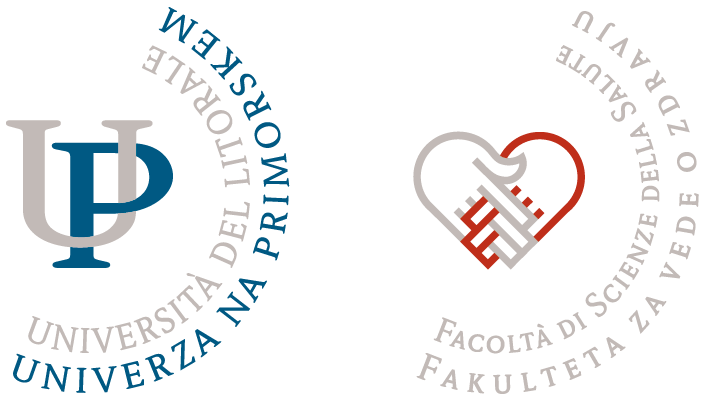Content
- Lectures: 10 hours
- Seminar: 14 hours
- Exercises 6 hours
- Independent work: 60 hours
Subject carrier
Description
Basic terminology on the field of chronic non-communicable diseases of
musculoskeletal system: • Definitions of most common pathologies • Basic terms
in sport, exercise, physical therapy and orthopedics Overview and descriptions
of most common chronic musculoskeletal problems: • Low back pain • Work-related
syndromes (carpal tunnel syndrome, cervicobrachial syndrome) • Different types
of arthritis • Osteoporosis • Sarcopenia • Other chronic pain syndromes Risk
factors for development of chronic musculoskeletal diseases: • Genetics
• Physical (in)activity • Nutrition • Lifestyle • Sport participation
• Workplace Exercise for prevention of chronic musculoskeletal syndromes and
diseases: • Exercise for low back pain prevention • Exercise for prevention of
work related syndromes • Exercise for preserving bone health • Exercise for
preserving muscle mass Types and usage of different exercise modalities:
• Walking as an exercise • Other aerobic activities • Strength exercise
• Flexibility training • Balance and stability exercise • Exercise during
worktime Exercise for treatment and tertiary prevention of musculoskeletal
issues: • Exercise for people with low back pain and other musculoskeletal pain
syndromes and diseases • Exercise for promoting health and increasing physical
abilities of people with different stages of osteoporosis and other bone-related
problems • Exercise for promoting health and increasing physical abilities of
people with decreased muscle mass and function • Exercise for promoting health
and increasing physical abilities of people with movement impairments • Exercise
for promoting health and increasing physical abilities of people with arthritis
and other similar systemic syndromes

